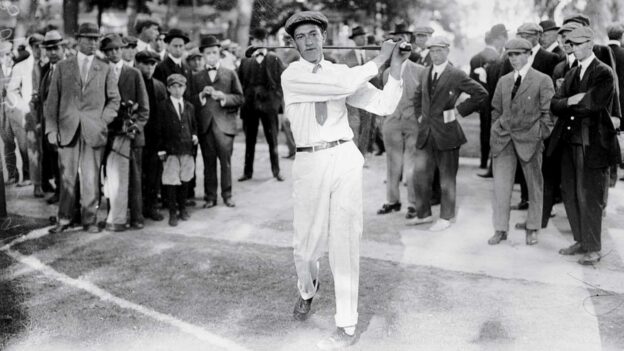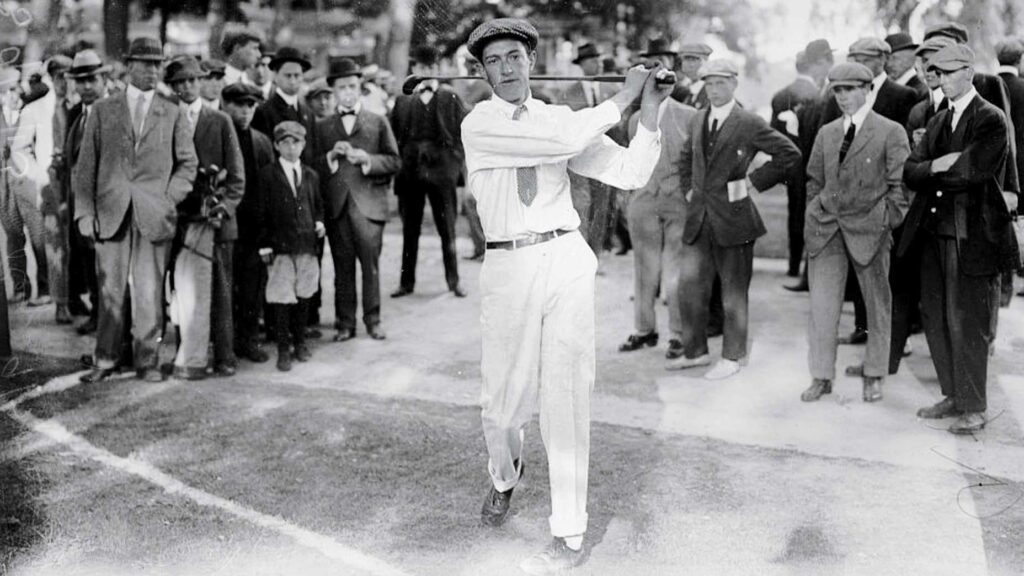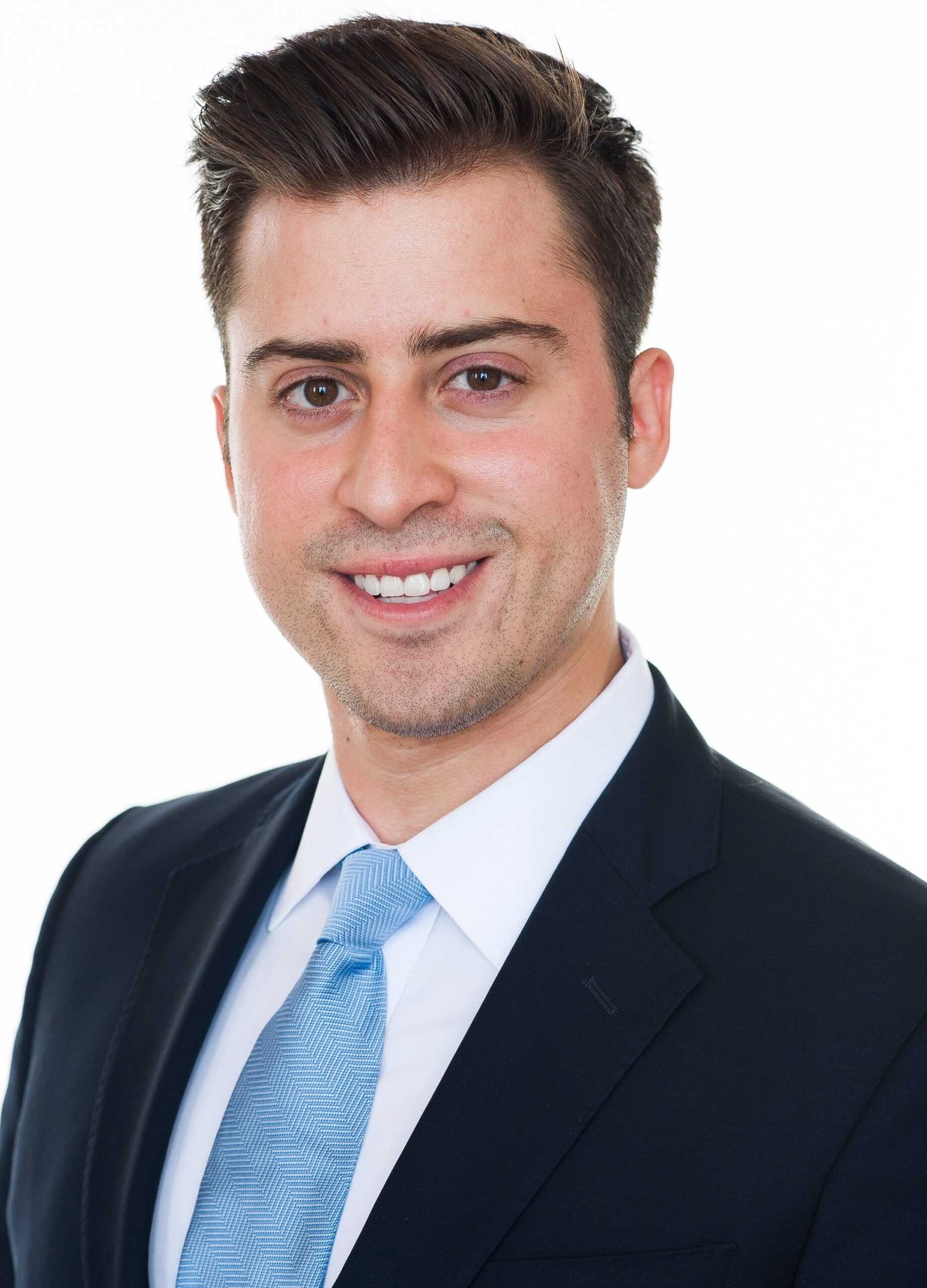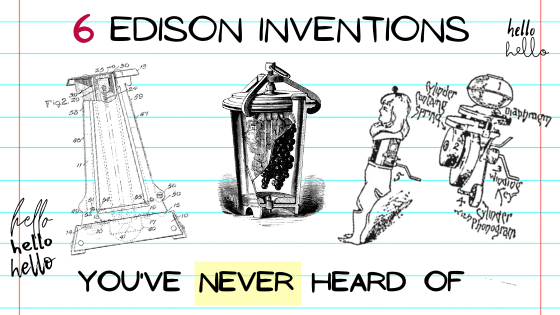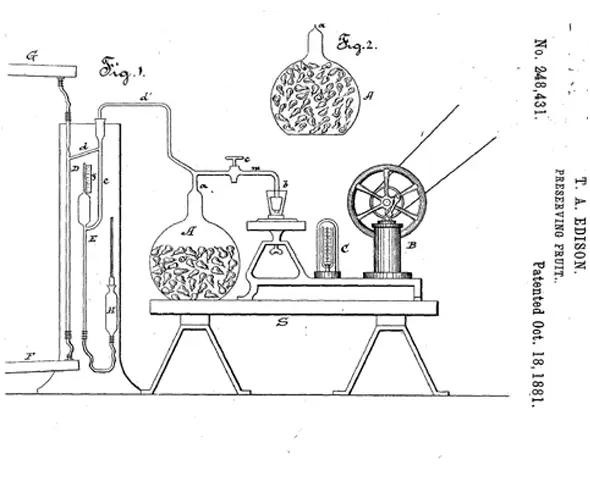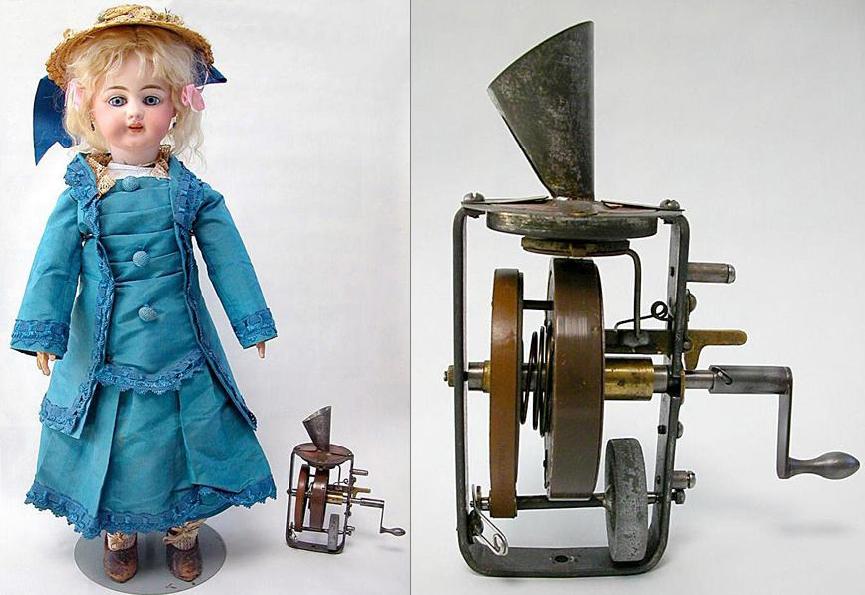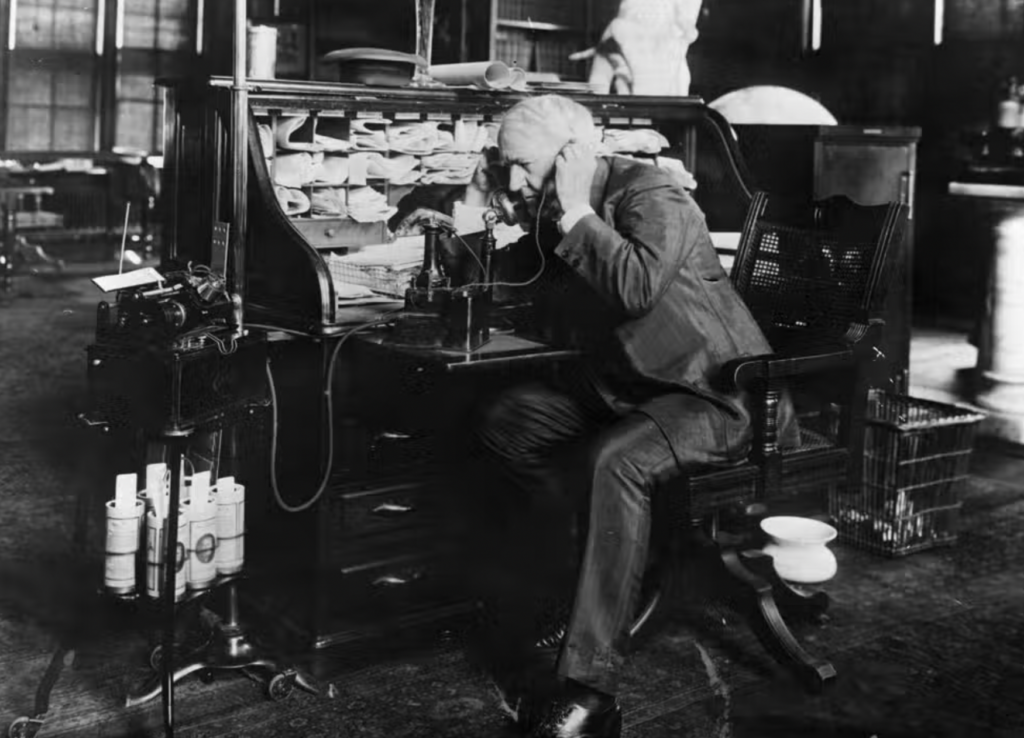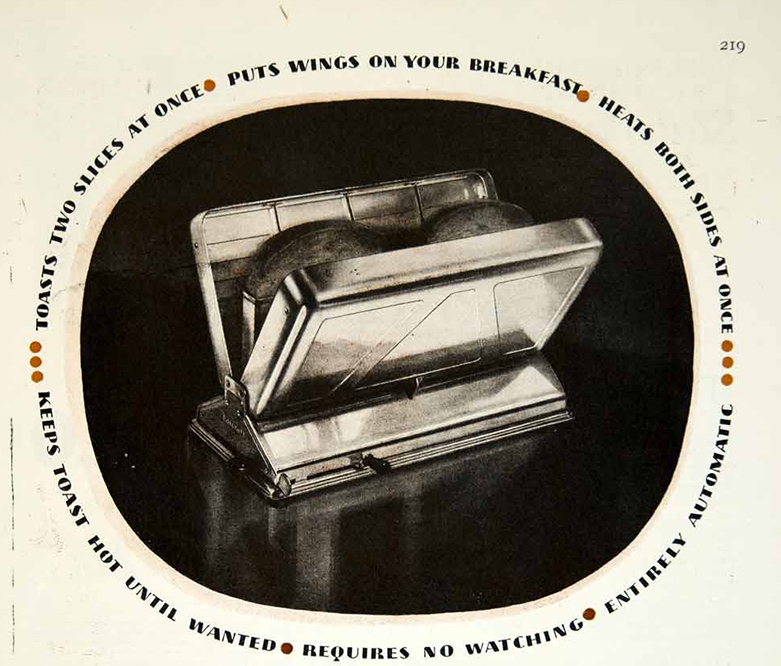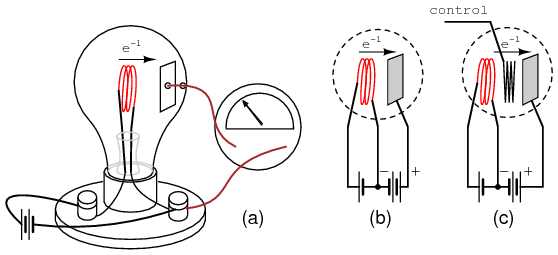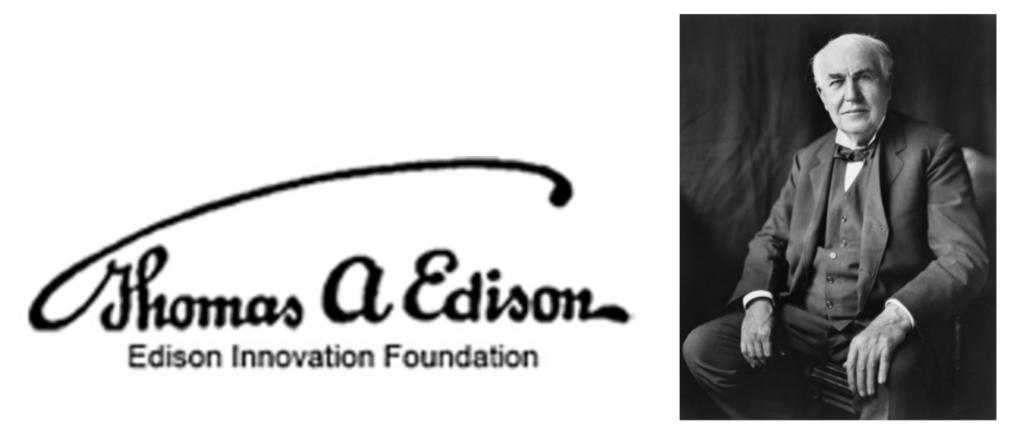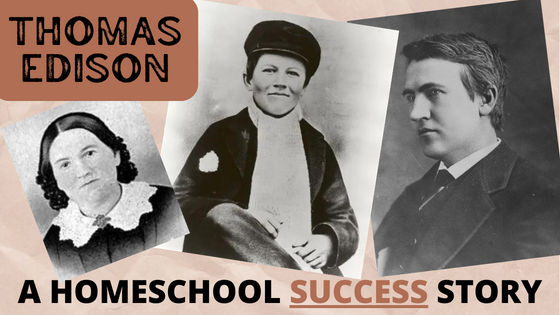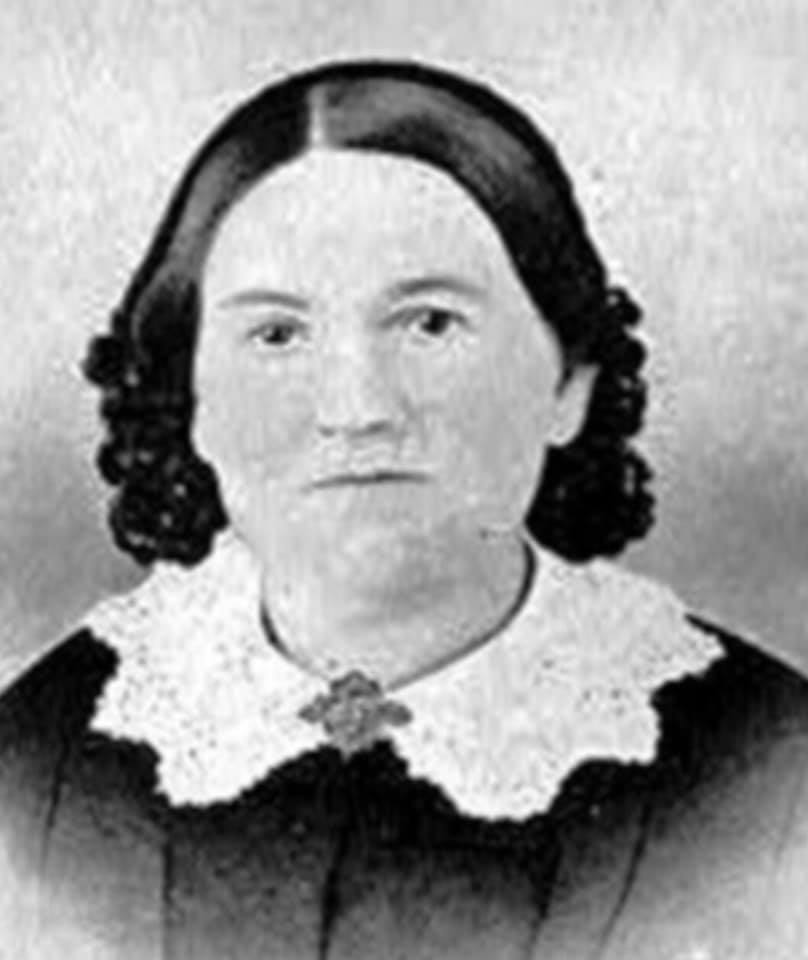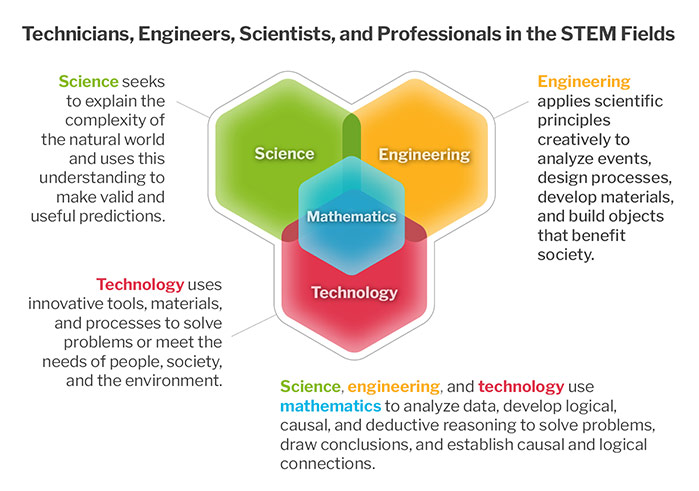The Charles Edison Fund, a direct link back the Edison family, is once again honored to fulfill its philanthropic mission, with these two examples of deserving honor.
1. Francis Ouimet (“Ouimet”) was America’s first golf hero. Before him, golf in America was more of a curiosity than a mainstream sport and the British elite dominated the game. Ouimet was born in 1893 to a French-Canadian immigrant father and an Irish immigrant mother, into the lowest echelons of American society. With a burning passion for the game, in 1913, at the age of 20, Ouimet, an avid caddy, won the U.S. Open. His storybook triumph sent shock waves through the sporting world and proved that American golf was now equal of its rival in Britain and more importantly, that anyone could achieve success if they tried hard enough.
This story rings the “little fellow makes good” bell, reminding us of the long struggle Thomas Edison endured to become the greatest inventor in the world. The planned restoration of the Ouimet home to honor Francis’s accomplishment, motivated the Charles Edison Fund to contribute $10,000 to this effort. Poignantly, the 2022 U.S. Open was played at the very country club in Brookline MA where he won in 1913, just a short distance from his newly renovated home. This project clearly falls within the historic mission of the Charles Edison Fund and Chairman Keegan visited it recently to confirm how its funds have been allocated to the building.
2. For decades the Charles Edison Fund has honored entrepreneurs and innovators through many Edison fellowship programs, one of which is located at the Harvard Kennedy School (“KSG). Last year the choice for an Edison Fellowship at the Harvard Kennedy School was Alberto (“Beto”) Altamirano for his work in social innovation. Beto is founder and CEO of Irys Technologies, an AI-driven software company that allows people to seamlessly engage in meaningful community-based communications. For instance, citizens can notify government officials of needed infrastructure concerns such as potholes, broken or deteriorated infrastructure…etc. Already, 16 cities, involving 150,000 people have used this software to support citizen concerns across all socio-economic levels. Specifically, our $150,000 initial grant to KSG in December, 1992, has grown to have a base of $1,099,754 from which funds Beto’s scholarship was underwritten.
Working at the interface of smart cities and public policy, Beto is well- positioned to bring user-friendly technology to city dwellers, to make a difference in their lives and the health of their communities. Again, the Edison connection is strong, as Edison’s great inventions like recorded sound, telegraphy, the improved telephone and motion pictures were, like Beto’s software, based on greatly improving human communication.

